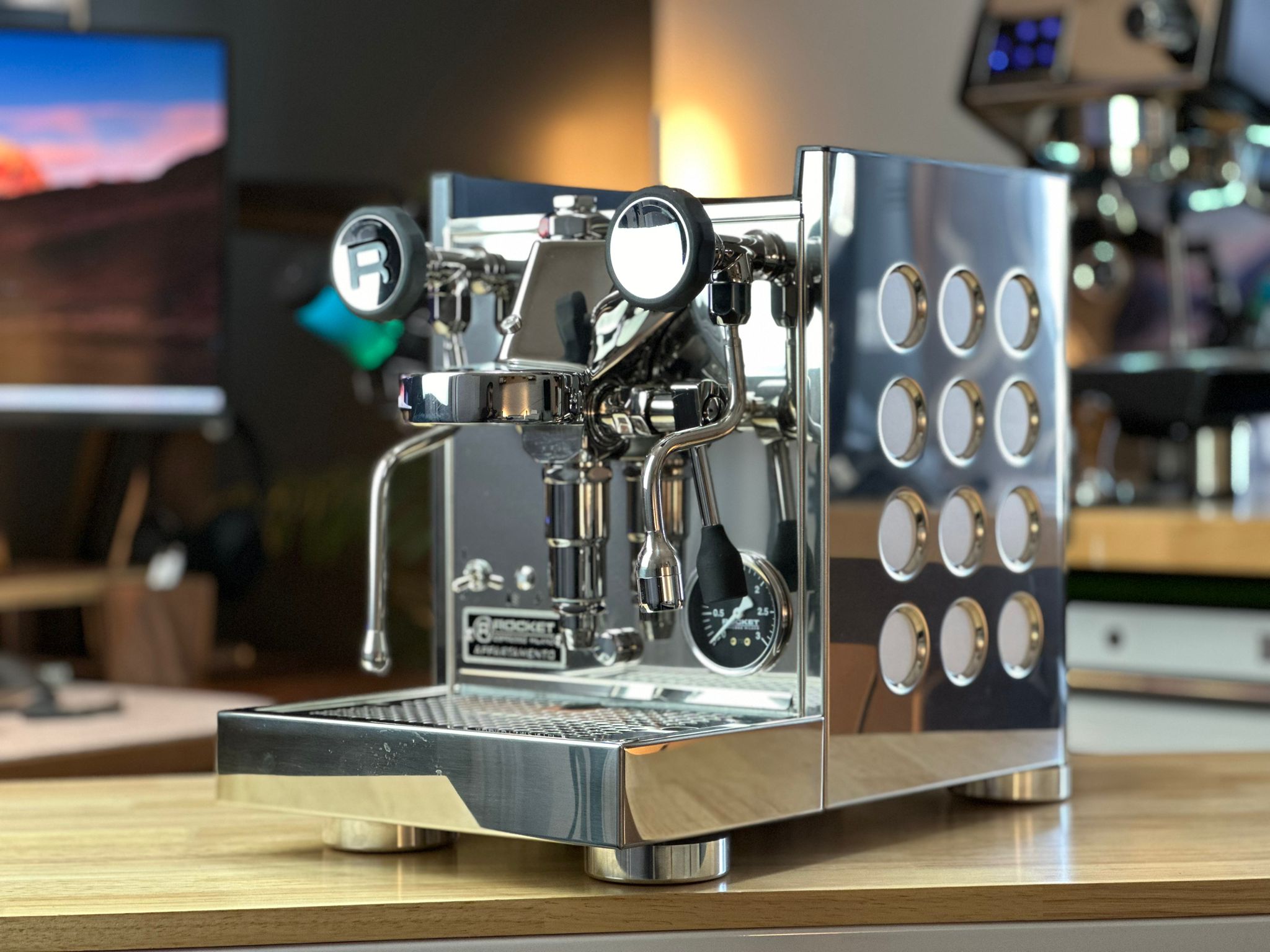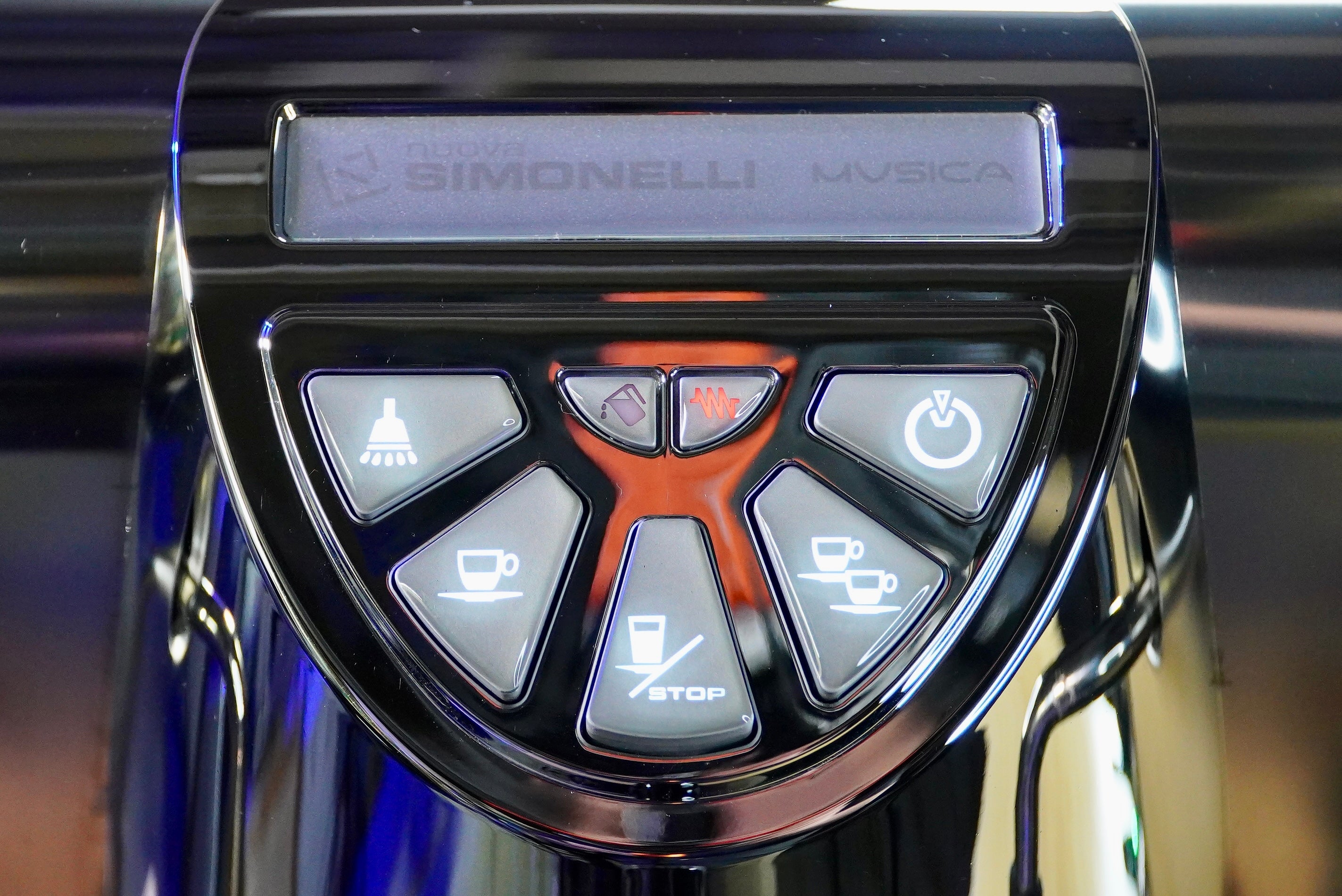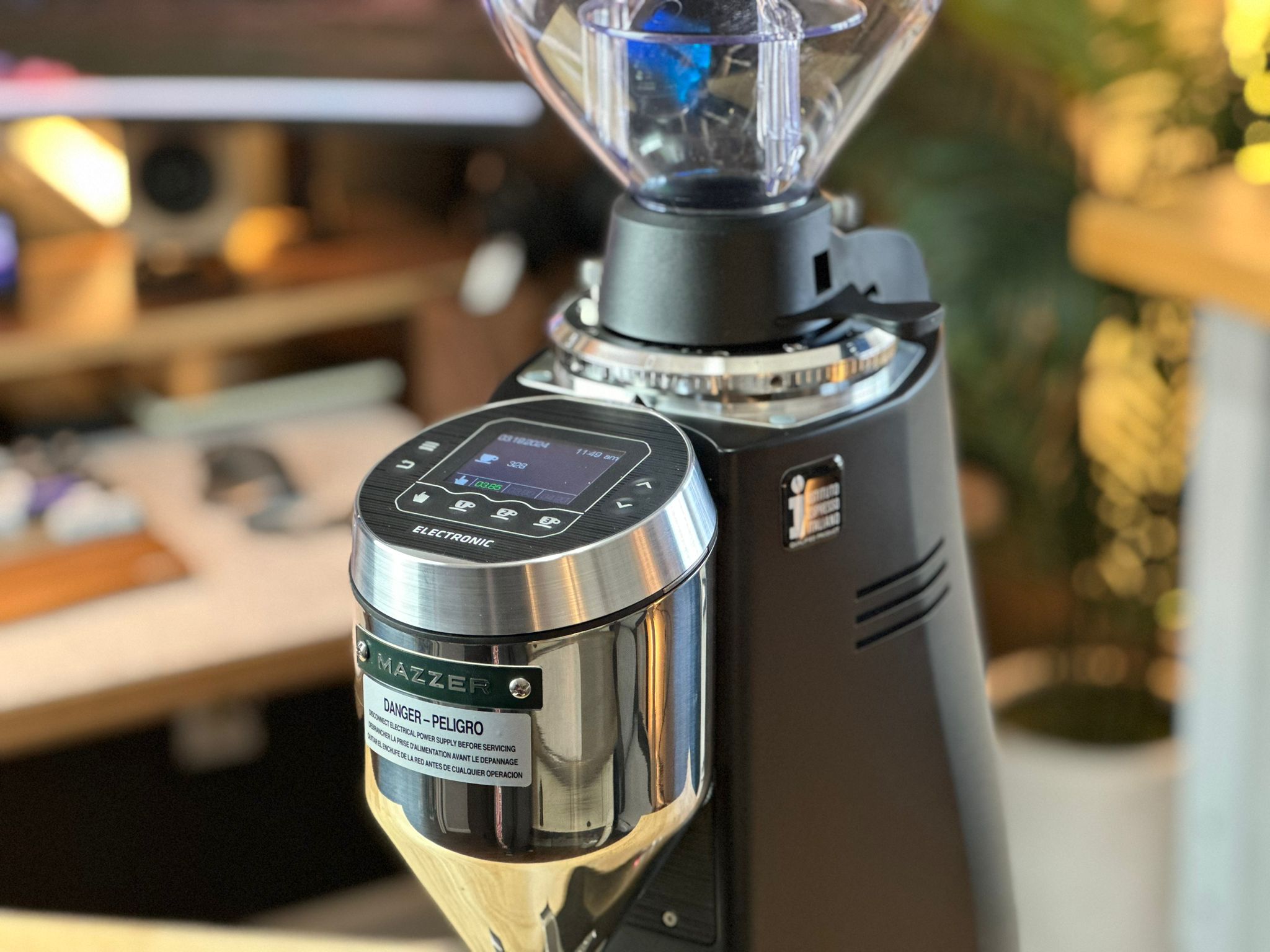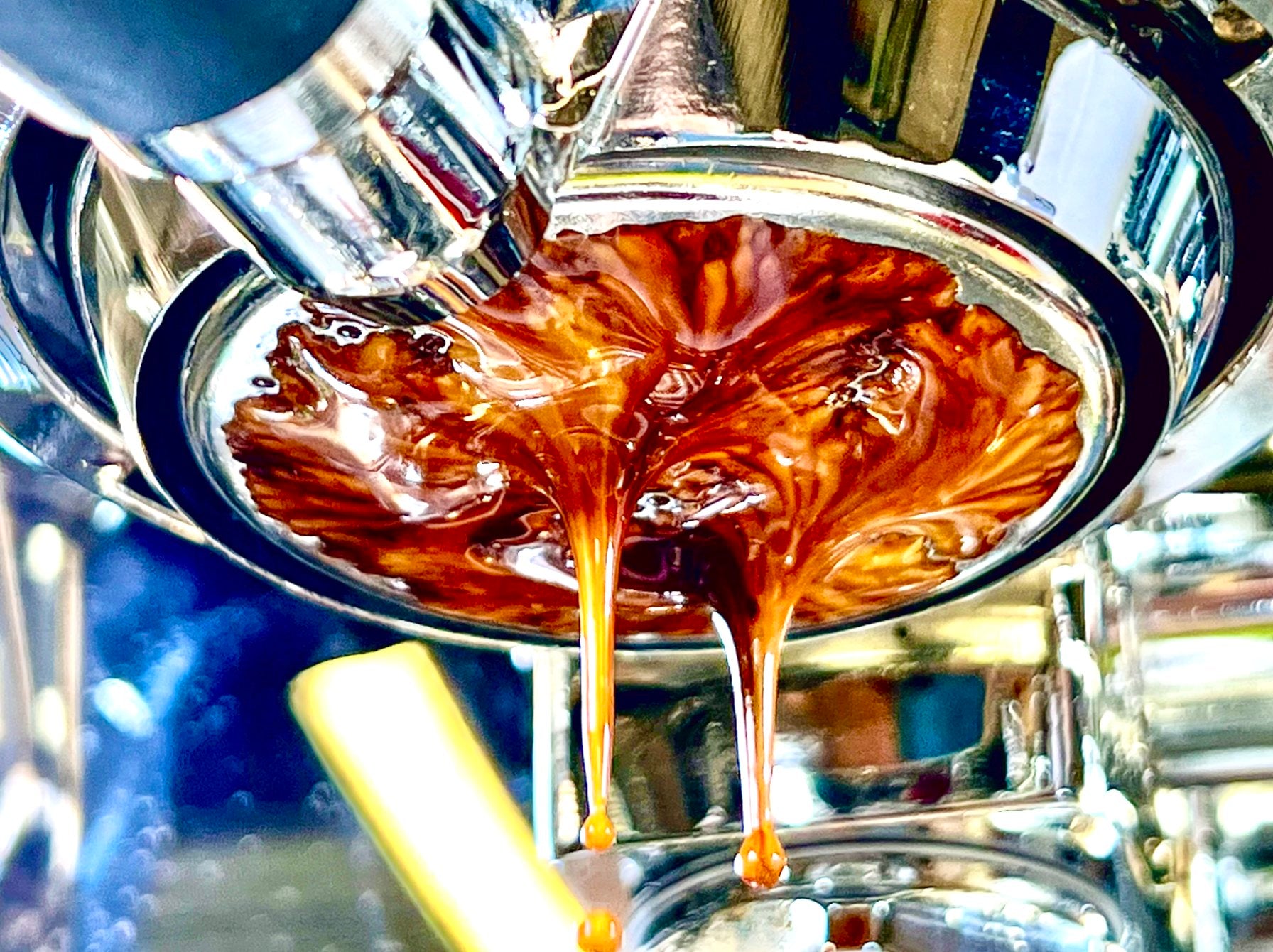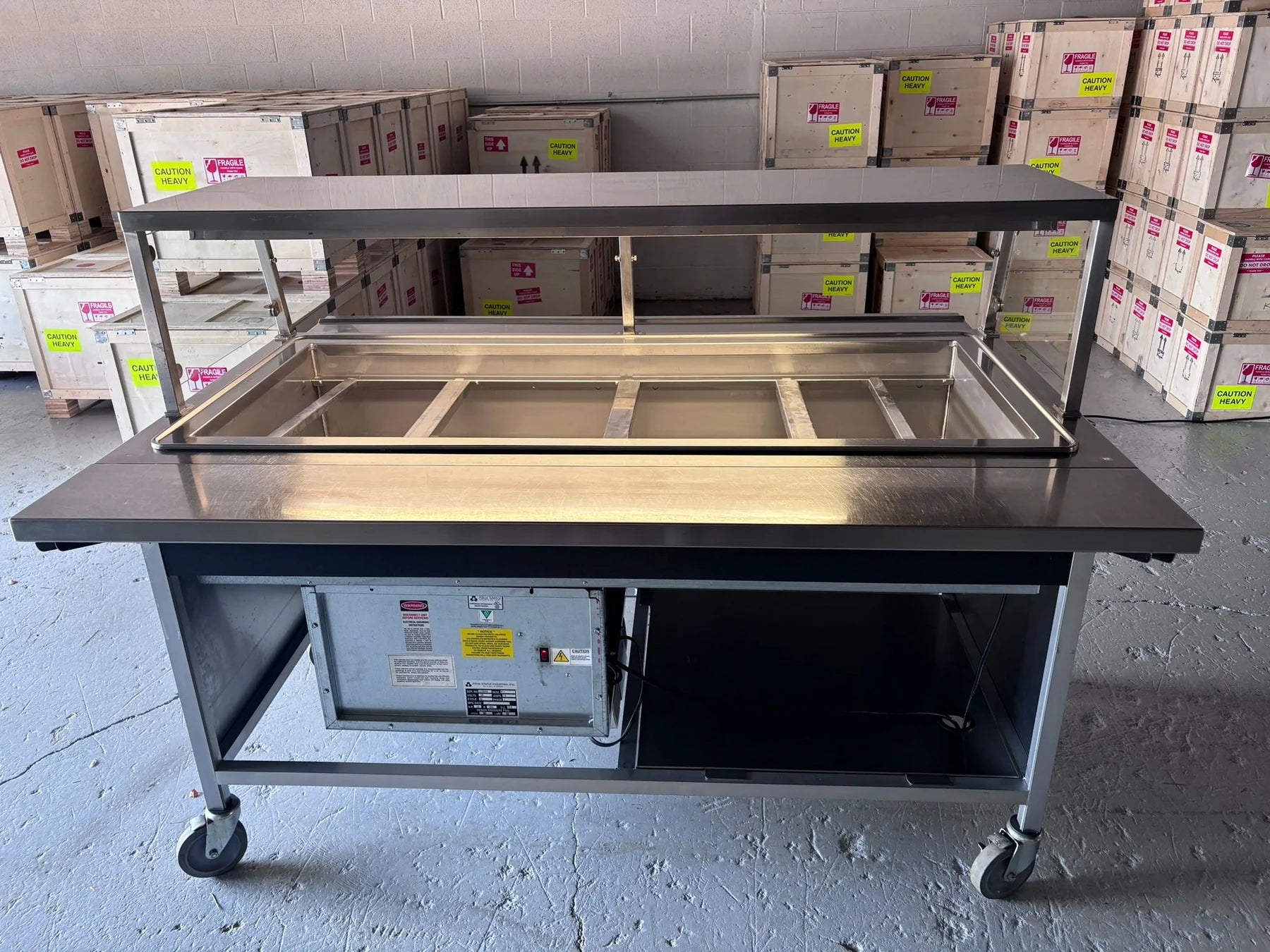Impact of Roast Level on Coffee Dose and Filter Basket Size for Ideal Espresso Extraction
Abstract
The roast level of coffee beans significantly influences the amount of coffee grounds that can be used in a given filter basket size and, consequently, the quality of espresso extraction. This article explores the scientific principles behind how roast level affects coffee density, dosing, and extraction. Understanding these effects is crucial for optimizing espresso brewing parameters and achieving the ideal flavor profile.
Introduction
Coffee roast levels—ranging from light to dark—affect various physical and chemical properties of coffee beans, including density, solubility, and flavor profile. These changes influence how much coffee can be dosed into a given filter basket and how well the coffee extracts during brewing. This article examines the relationship between roast level and coffee dosing, with a focus on optimizing extraction for high-quality espresso.
Effects of Roast Level on Coffee Density
1. Bean Density and Volume
-
Roasting Process: During roasting, coffee beans undergo significant physical and chemical changes. As beans roast, they lose moisture and expand, leading to a decrease in density. Lightly roasted beans are denser compared to dark roasts due to less expansion and moisture loss [1].
-
Density Measurement: Light roast beans typically have a density of approximately 0.7 to 0.8 g/cm³, while dark roast beans have a lower density, around 0.5 to 0.6 g/cm³ [2]. This reduction in density means that a given volume of dark roast coffee weighs less than the same volume of light roast coffee.
2. Impact on Dosing
-
Volume vs. Weight: Because dark roast beans are less dense, more volume is needed to achieve the same weight as light roast beans. For instance, if a filter basket requires 20 grams of coffee, you would need a greater volume of dark roast coffee to reach that weight compared to light roast coffee [3].
-
Dosing Consistency: For ideal extraction, maintaining consistent dosing is crucial. When using dark roast beans, adjustments in the volume of coffee used may be necessary to ensure that the weight remains consistent with the filter basket’s capacity and the desired extraction parameters.
Effects of Roast Level on Extraction
1. Solubility and Extraction Efficiency
-
Chemical Composition: The roasting process affects the chemical composition of coffee beans, including the solubility of soluble compounds. Light roasts generally have higher solubility due to higher levels of intact cell structures and lower levels of carbonization [4]. Dark roasts, being more carbonized, may have lower solubility and higher bitterness due to the breakdown of sugars and development of bitter compounds [5].
-
Extraction Dynamics: The solubility of compounds in light roasts leads to more efficient extraction. Dark roasts, on the other hand, may require adjustments in extraction time and temperature to avoid over-extraction of bitter compounds while ensuring that desirable flavors are extracted [6].
2. Brew Parameters
-
Grind Size: Dark roast coffee often requires a coarser grind compared to light roast coffee. The decreased density and solubility of dark roast coffee can lead to faster extraction rates, which must be managed by adjusting the grind size to prevent over-extraction [7].
-
Extraction Time: The extraction time may need to be adjusted based on roast level. Dark roasts, with their lower density and solubility, might benefit from slightly longer extraction times to fully develop their flavor profile without becoming overly bitter [8].
Practical Considerations for Espresso Brewing
1. Filter Basket Size
-
Capacity Adjustment: Given the differences in density between light and dark roasts, adjusting the amount of coffee grounds to fit the filter basket size is essential. For a given basket size, using dark roast coffee will require more volume to match the weight typically used for light roasts. This adjustment helps maintain the desired coffee-to-water ratio and extraction efficiency [9].
-
Consistency in Brewing: Baristas should use a scale to measure the weight of coffee grounds accurately, irrespective of roast level, to ensure consistent extraction results. Precision in dosing helps achieve the ideal balance of flavor and aroma for different roast levels [10].
2. Tuning Brew Parameters
- Grind Size and Extraction Time: When switching between roast levels, adjustments in grind size and extraction time may be necessary. Light roasts may benefit from finer grind settings and shorter extraction times, while dark roasts may require coarser grinds and slightly longer extraction times to optimize flavor [11].
Conclusion
The roast level of coffee beans affects their density, solubility, and overall behavior during espresso extraction. Light roasts, with higher density and solubility, may require different dosing and brewing parameters compared to dark roasts, which have lower density and solubility. Understanding these effects is crucial for achieving consistent and high-quality espresso. Adjustments in coffee dosage, grind size, and extraction time based on roast level ensure optimal flavor and aroma in the final espresso.
References
-
J. F. Williams, "The Chemistry of Coffee Roasting," Journal of Agricultural and Food Chemistry, vol. 56, no. 18, pp. 9072-9080, 2008.
-
S. J. Clarke and O. H. Vitzthum, Coffee: Recent Developments, Wiley-Blackwell, 2001.
-
M. L. Smith, "Coffee Bean Density and Its Effect on Espresso Extraction," Coffee Science Journal, vol. 12, pp. 45-58, 2015.
-
L. J. Hsu, "Roast Level and Solubility of Coffee Beans," Food Chemistry, vol. 126, no. 3, pp. 796-802, 2011.
-
T. N. Yamaguchi and A. H. Ogawa, "Bitterness in Dark Roasted Coffee Beans," Journal of Food Science, vol. 73, no. 4, pp. C275-C281, 2008.
-
R. C. L. Thompson, "Extraction Characteristics of Light and Dark Roasts," Espresso Brewing Techniques Review, vol. 7, pp. 123-134, 2014.
-
M. E. Tazawa, "Effect of Grind Size on Coffee Extraction," Barista Journal, vol. 9, pp. 112-120, 2013.
-
K. M. Lee, "Optimizing Extraction Time for Different Roasts," International Journal of Coffee Science, vol. 19, no. 2, pp. 156-165, 2016.
-
D. P. Schilling, "Adjusting Coffee Dose for Various Roast Levels," Beverage Technology, vol. 21, pp. 88-97, 2017.
-
F. A. Martinez, "Precision in Espresso Brewing: A Comprehensive Guide," Coffee Brewing Science, vol. 22, pp. 234-245, 2018.
-
H. J. Rogers, "Grind Size and Its Influence on Espresso Quality," Espresso Research Journal, vol. 5, pp. 67-75, 2019.




